50ml Red Flower Tokoname Shiboridashi - Gyokuryu studio
This beautiful traditional "Tokoname" [see below] Japanese Shiboridashi is a type of small handleless vessel adapted for relatively slow and cooler temperature brewing. Shiboridashi "squeeze out" the natural umami of Japanese teas, namely ; try this with our gyokuro or irie sencha
All about GYOKURYU KILN
- Kiln : GYOKURYU Kiln ( 玉龍 窯 )
- Name of Master : Jirou UMEHARA ( 梅原 二郎 )
- Born in Tokoname City, Aichi Prefecture in 1948 as the 2nd son of the first GYOKKO.
- Education : * in 1967 Graduated from Tokoname High School Ceramics Department
*Awards :
*Certified as "Traditional Craftsman" by the Minister of Economy, Trade and Industry
*Selected for the Japanese Sencha Crafts Exhibition
*Tokoname City "Cultural Promotion" Award
*Tokoname City Chosa Prize Ceramic Ind Exhibition Chosa Prize, Encouragement Award
- Signature style of tea pots : A kiln that makes teapots that are easy to use and make delicious tea. Those teapots with a neat form have a high degree of design, and there are no uneven individual differences.
Tales of the Tea Trade : Tokoname
Rob : Extract from our our book Tales of the tea trade :
The Tokoname region as it is considered the teaware capital of Japan. This area’s link with pottery dates back to 1100 and is believed to be the oldest in Japan. However, it wasn’t until the start of the Edo period (1603–1868) that this area became important. In early times it focused mostly on vases and jars, but this period also produced the early matcha bowls in the form of yama-chawans (mountain tea bowls). These were coarsely finished bowls with little refinement, but beautiful in their simplicity.
Today Tokoname is famous for its redware teapots (kyusu), introduced in the early 1860s. Other teapots for green tea had been produced from early in the nineteenth century in Tokoname, but this new style became very popular. Again it was influenced by China, whose own redware teapots were the typical teaware used at this time. The name comes from the deep red, iron-rich clay from which it is made. Its use in Japan had a big effect on Tokoname’s ceramic industry, with an influx of new potters who specialized in making redware teapots. This was helped by the visit of a Chinese potter called Jin Shi Heng who, in 1878, was invited to teach Chinese techniques for making teapots, greatly accelerating development and increasing quality. This, combined with a period of rapid industrialization, eventually meant mass-production hit Tokoname towards the end of the nineteenth century, with much small-scale domestic production replaced with industrial-scale manufacturing. However, Tokoname today is a place of great diversity, incorporating both small and large-scale manufacture.
There are three possible forms of Tokoname teapots, categorized according to where the handle is sited. A yokode kyusu has it on the side, an ushirode kyusu has it at the back and an uwade kyusu has a handle on the top. The most typical modern type is the yokode kyusu, which is the one we use at Comins. This style can be traced back to the end of the Song dynasty (960–1279) in China for the preparation of powdered tea. It has been adapted perfectly over time to meet Japanese needs, incorporating a fine mesh to prevent the fine particles of tea from coming out. Each one is balanced according to the potter’s preferences. Customers often comment how simple yet effective their design is, not knowing that the concept has not really changed in 900 years!


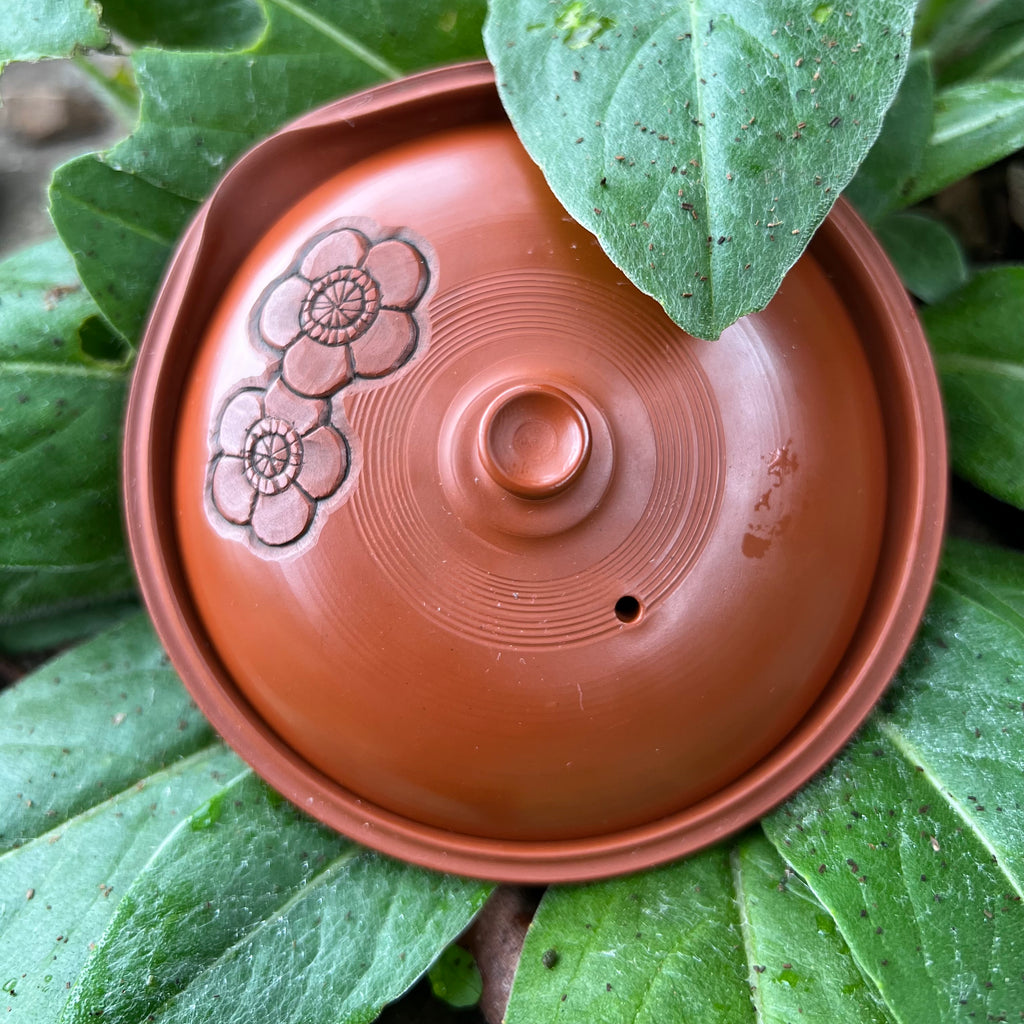
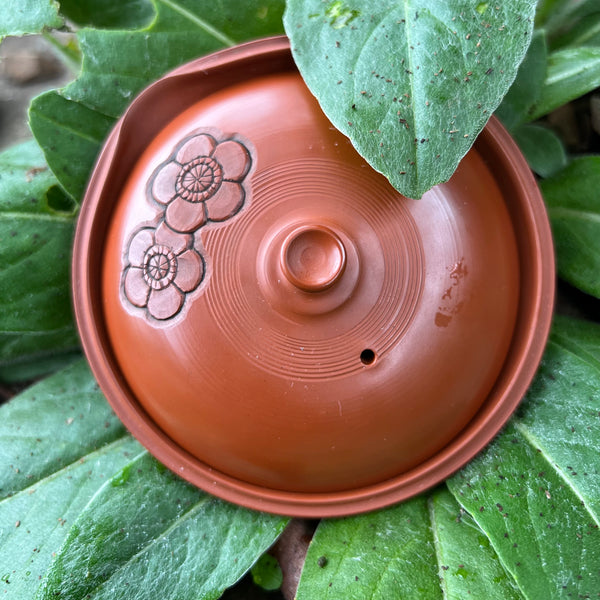
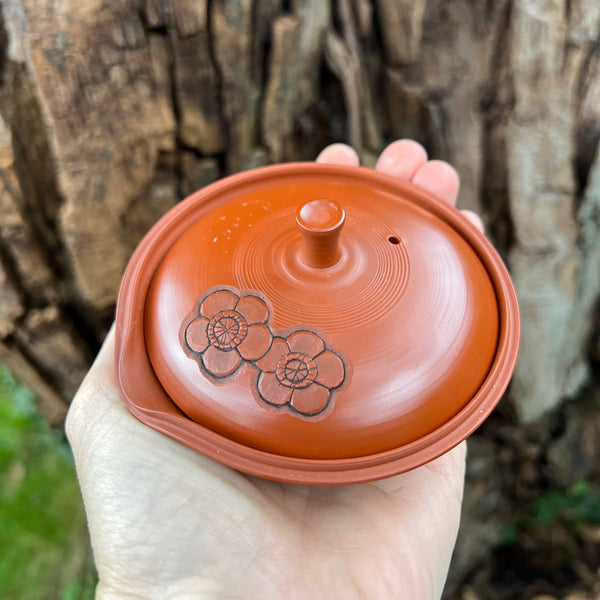
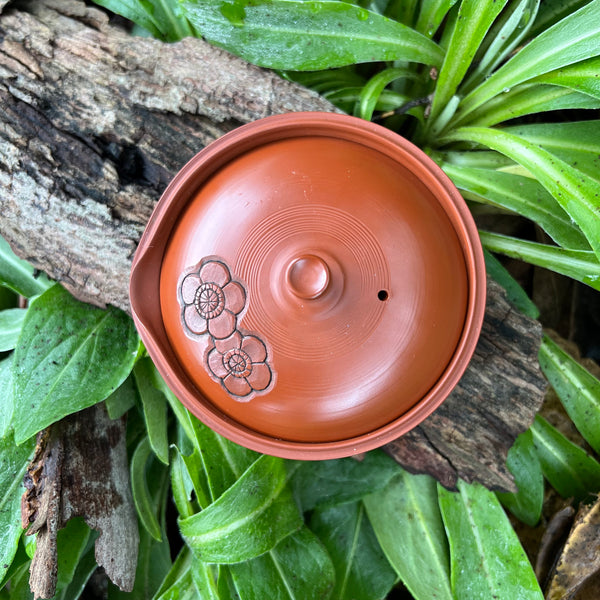

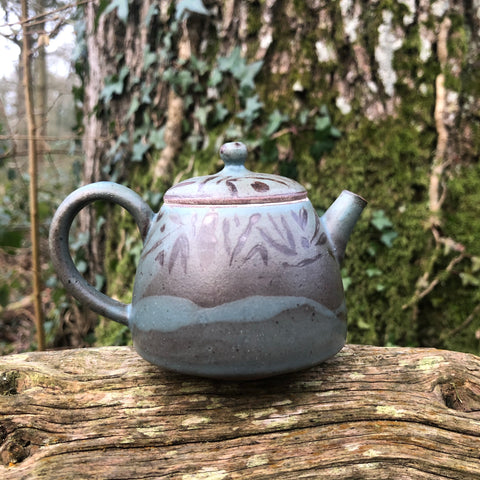
![210ml Carved coloured pearl silver teapot [Seong Il Hong : Boseong, South Korea ]](http://cominstea.com/cdn/shop/files/61B2F7B0-B3D8-4072-930E-57CC8DC7D540_large.jpg?v=1731847946)
![‘Xing Xiang Clay Pot' Side Handle Dark Brown : Xing Xiang [Yu Xinrong] Jingdezhen](http://cominstea.com/cdn/shop/products/image_82f34f6a-f94d-4746-816c-b3ee75e38116_large.jpg?v=1613410591)
![‘Xing Xiang Clay Pot' : Xing Xiang [Yu Xinrong] Jingdezhen](http://cominstea.com/cdn/shop/products/image_a3475563-2ec6-4c5a-950e-72eca9a93f85_large.jpg?v=1613410372)